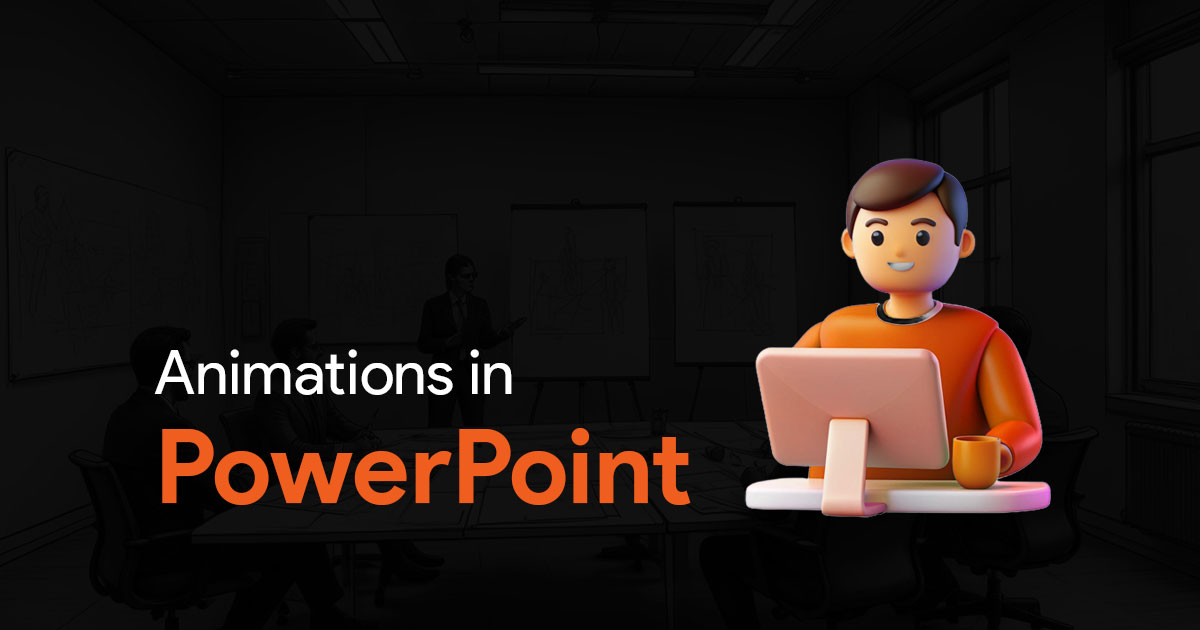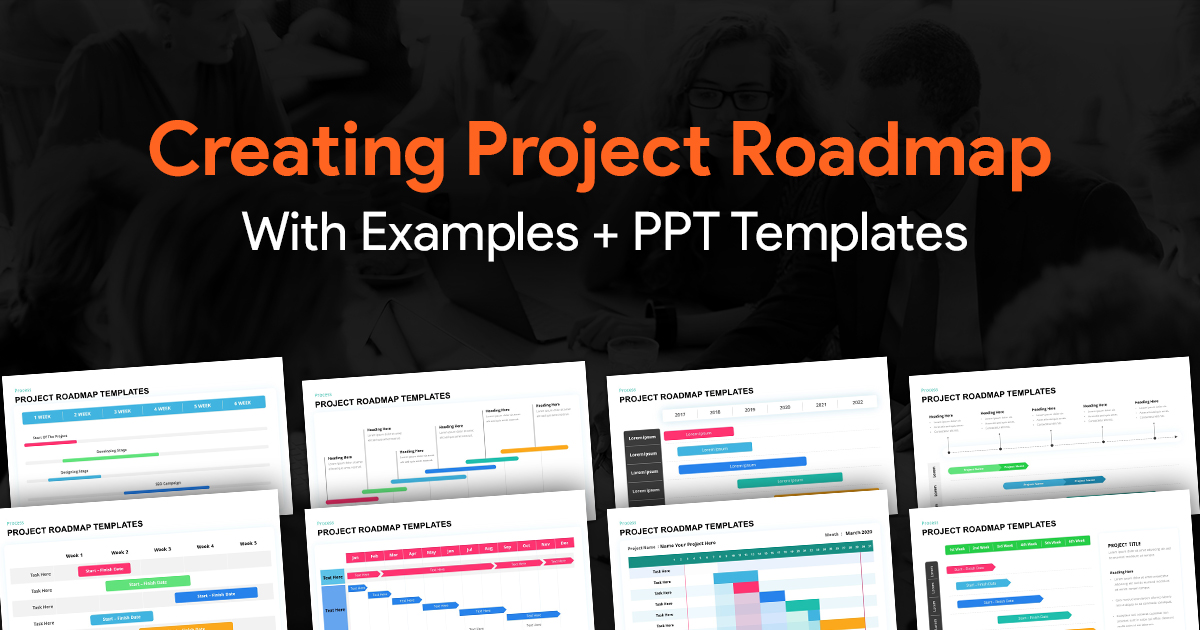Gap analysis- the method to improve your business standings
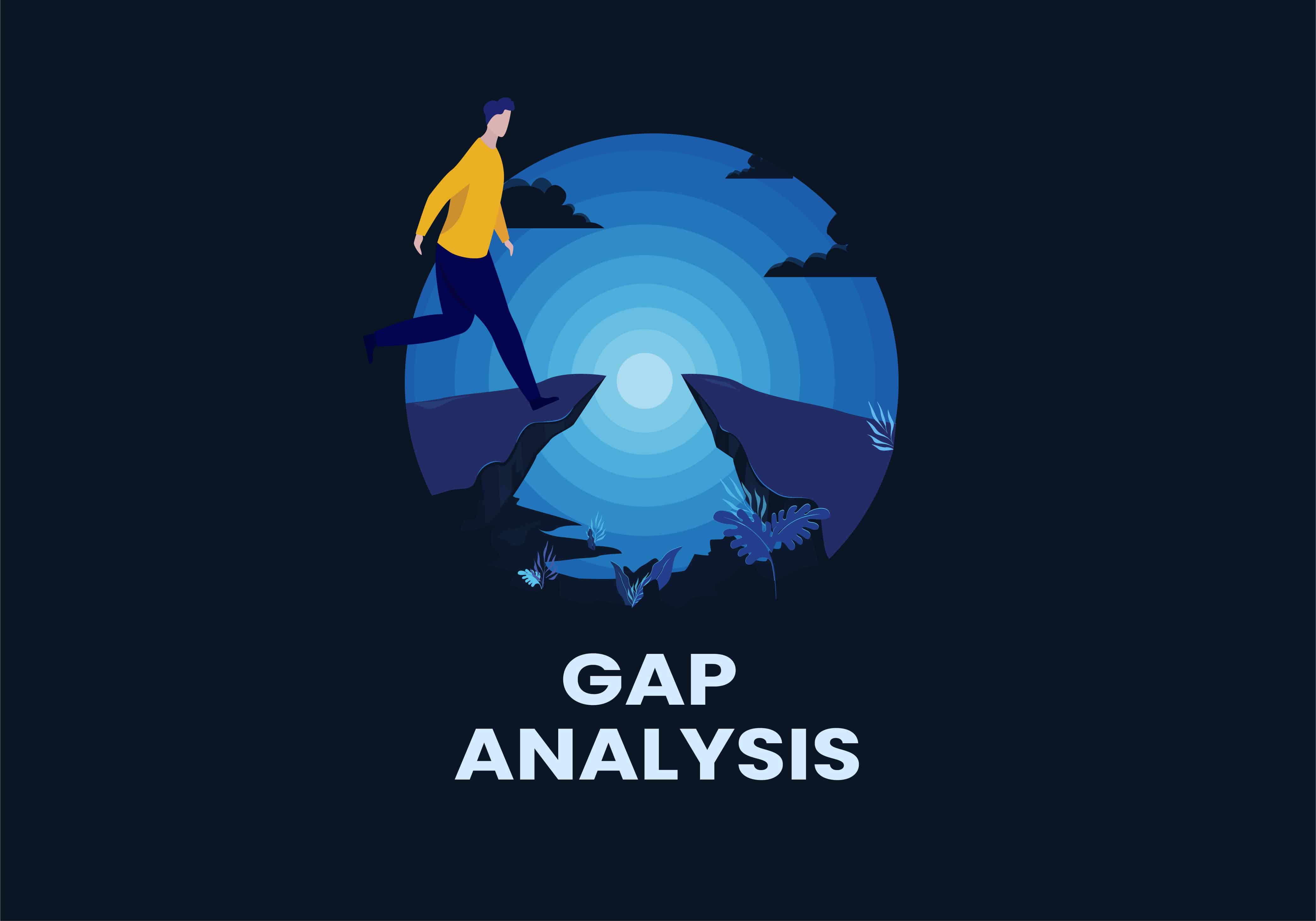
You may face challenges in business even if you go with proper planning and strategies. Gap analysis is one of the evaluation strategies that may help you to produce better results and business improvement. In this post, we are detailing the process and importance of gap analysis in business.
What is Gap Analysis?
Gap analysis is the process businesses use to study their current performance with their preferred, anticipated performance. This analysis is used to determine whether it meets expectations and using its resources successfully. This is a comparison of actual performance versus expected performance. It is the assessment of “current state” and “future state” of a business, organization, or a project.
Gap analysis is the process by which a company can identify its current state—by measuring time, money, and labor—and compare it to its future state. By defining and examining these gaps, the management team can create an action plan to move the organization forward and fill in the performance gaps.
A significant aspect of Gap Analysis is classifying what essentials to be done in a Project.
Gap analysis can be used in many fields, such as:
- Sales
- Financial performance
- Human resource management
- Productivity
- Quality assurance
- Cost control
- Employee satisfaction
- Energy management
- Market competitiveness
- Technical skills
The list is endless….
The gaps can consist of the following:
- The difference between the current process of action and the activity vision sometimes referred to as “C delta V” (current gap vision)
- The difference between actual and theoretical objectives sometimes referred to as “A delta T” (actual gap target)
- The difference between actual performance methods and world-class benchmarks.
Understanding Gap Analysis
When organizations aren’t making the best use of their assets, resources, and technology, they may not be able to touch their full potential. This is where gap analysis can help.
Gap analysis, which is also mentioned as a needs analysis, is vital for any type of organizational performance. It lets companies determine where they are today and where they want to be in the future. Businesses can reexamine their targets through gap analysis to figure out whether they are on the right track to achieving them.
A gap analysis was broadly used in the 1980s, naturally in tandem with duration analysis. It is assessed tougher to use and less widely applied than duration analysis, but it can still be used to measure exposure to a variety of term structure movements.
There are four steps in gap analysis, ending in an integrated report that identifies areas of expansion, improvement and sketches an action plan to achieve increased company performance.
Steps in Gap analysis
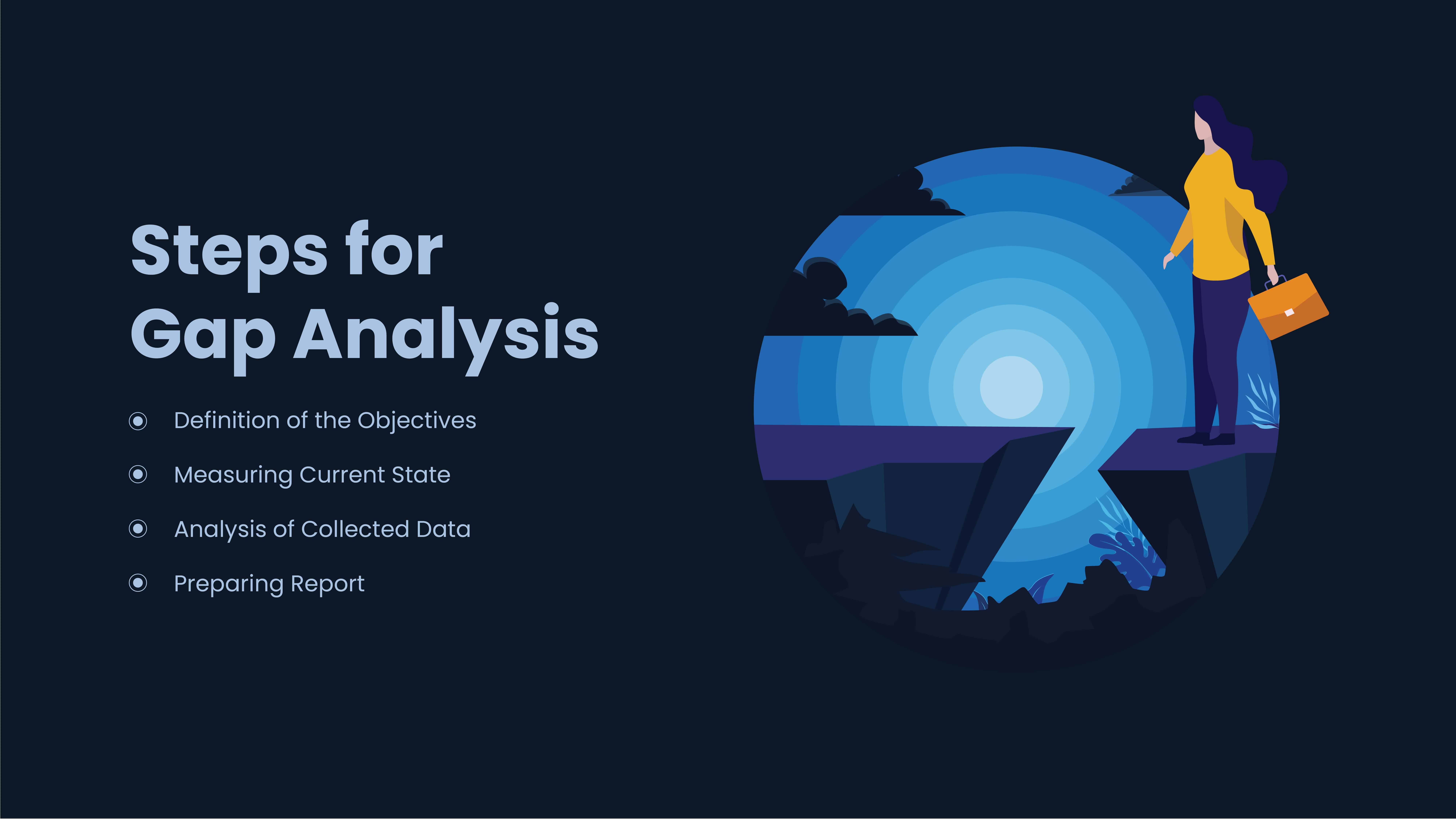
template designs: slidebazaar.com
Step One: The first step is to precisely outline and define the organizational objectives or targets, all of which need to be specific, quantifiable, achievable, realistic, and timely.
Step Two: In the second step, chronological data is used to measure the current performance of the organization as it relates to its outlined ends.
Step Three: The third step is to evaluate collected data which seeks to understand why the measured performance is below the wanted levels.
Step Four: The fourth and last step is to collect a report based on the quantitative data collected and the qualitative reasons why the data is below the standard. The action items that are needed to realize the organization’s goals are mentioned in the report.
Identifying the “current state” and “future state”
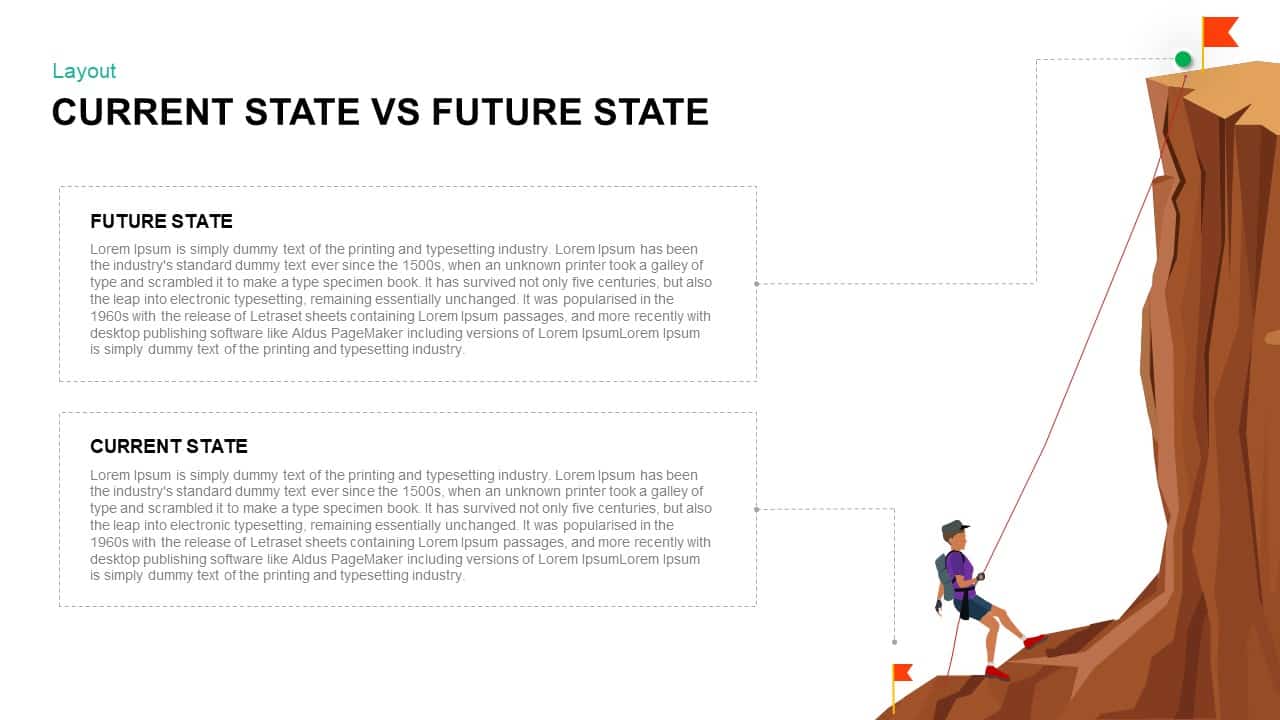
help PowerPoint template download
Current state: if you want to create a gap analysis template first you have to identify the current and future state of your business. A gap analysis template lining out with a column that might be named “Current State,” which lists the developments and characteristics an organization seeks to enhance, using accurate and exact terms. Areas of focus can be wide-ranging, targeting the entire business; the focus instead may be thin, concentrating on a specific business process, depending on the company’s outlined target objectives. The analysis of these focus areas can be either quantitative, such as looking at the number of client calls replied within a certain time period; or qualitative, such as examining the state of diversity in the workstation.
Future state: the column next to “current state” should be labeled “future state”. This column will describe the target condition the company wants to achieve. Like the current state, this segment can be drafted in concrete, measurable terms, such as aiming to increase the number of fielded customer calls by a certain percentage within a specific time period; or in general terms, such as working toward a more general office culture.
Gap analysis tools and frameworks
There are several tools and frameworks to analyze organizational gap. The uses of these tools and framework depend on an organization’s specific set of target objectives. The following are some methods using for gap analysis:
SWOT analysis: SWOT analysis is a tool to analyze your current business standings and for framing the improvement activities by measuring the internal and external factors influencing the development of an organization. With the analysis of strength, weakness, opportunities and threats you can detect the concealed issues related to your business and company. SWOT analysis is often used for a strategy planning exercise. Each of the elements performs a vigorous role in the success and failure of a company. A company couldn’t move forward without making a structural study on these matters. It is a powerful tool for decision-making and problem-solving.
McKinsey 7s framework: An expert using the 7S model surveys the characteristics of business through the lens of seven people-centric groupings: strategy, structure, systems, staff, style, skills and shared values. The analyst fills in the current and future state for each group, which would then highlight where the gaps exist. The company can then appliance a targeted solution to bridge that gap. McKinsey framework is a powerful tool to present different stages of goal attainment. These can be used to define the consequences of the previous event, the current status of the company and the future outcomes and influences which can be gained from the many activities that the company has engaged in. in order to examine the organizations business model 7s framework can be used as a standard device, the prime elements in this structure are; strategy, structure, system, staff, style, skills and shared values. For refining current and future performance, company management should analyze and assess these hard and soft elements.
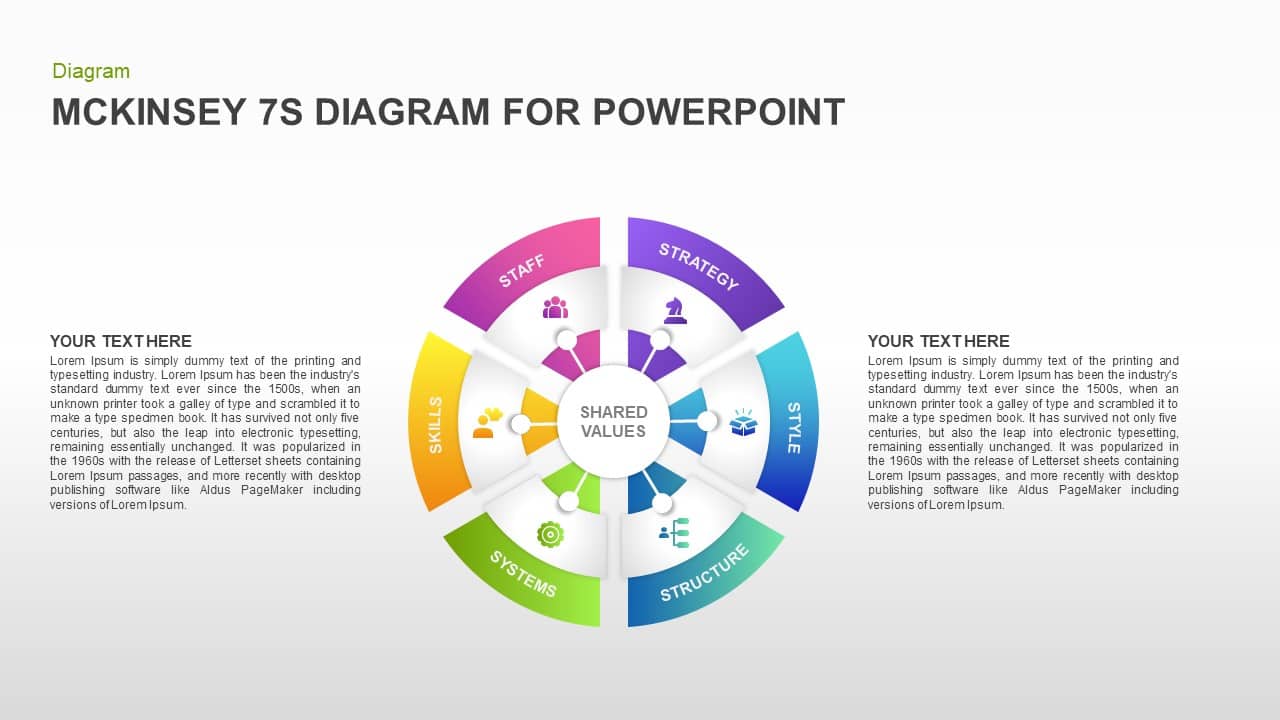
download Mckinsey 7s ppt template
Nadler-Tushman model: The model analyzes these operational gaps by examining the company’s operating system as one that converts inputs into outputs, dividing the business processes into three groups: input, transformation and output. The input contains the operational setting, material and non-material resources used, and the company culture. Transformation involves the existing systems, people and project activities currently in place that converts the input into the output. Outputs can encompass at a system, group or individual level.

